Art and astronomy part I: The cosmos on canvas
Then I go out and paint the stars - Vincent van Gogh
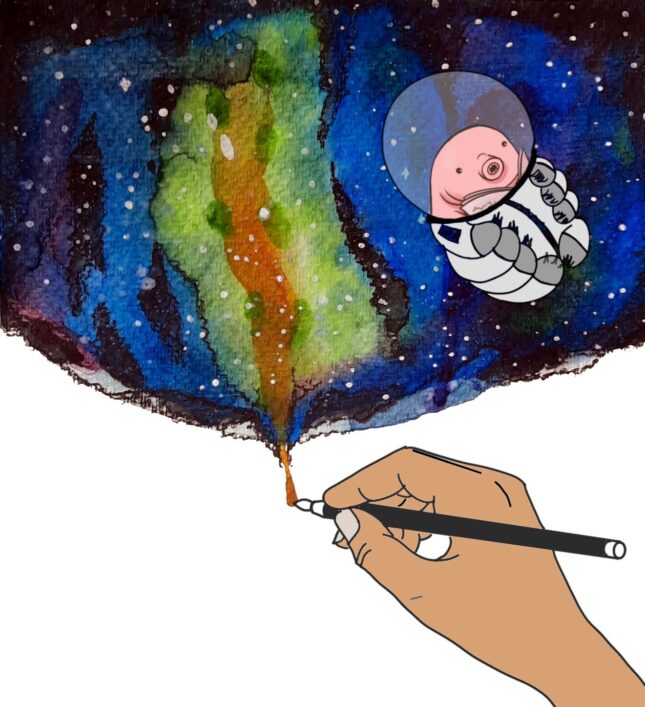
Art and astronomy have an intertwined relationship that dates back to ancient times. Before technology took over the modern world, astronomical events were often documented through drawings and paintings. The firmament was also often a source of inspiration for many and throughout the years, artists have tried to capture the heavens on canvas and paper. This resulted in a rich history of art and astronomy and a collection of stunning artworks inspired by the scintillating stars above.
The ancient days
During prehistoric times stars were often used for navigation, to keep track of time and mark (astronomical) events. This was done in the form of cave paintings and star charts. One of the oldest recorded encounters between art and astronomy are the famous Palaeolithic Lascaux cave paintings in France. The paintings are more than 15.000 years old and depict wild animals that researchers now believe to be drawings of constellations.
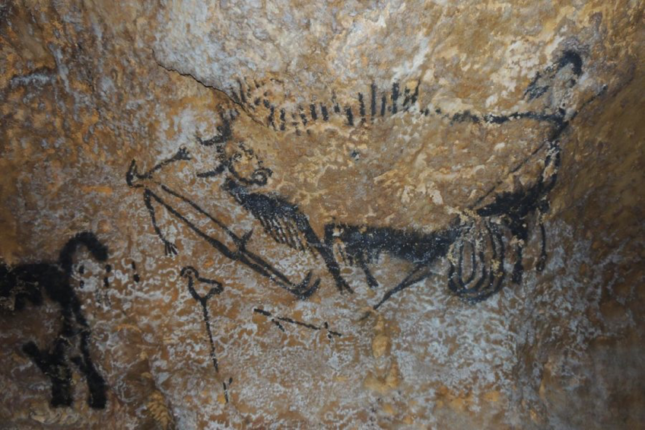
Throughout the course of history, the Egyptians, Chinese, Greeks and Romans produced the first sets of recorded star charts depicting the sun, moon, constellations and the milky way.
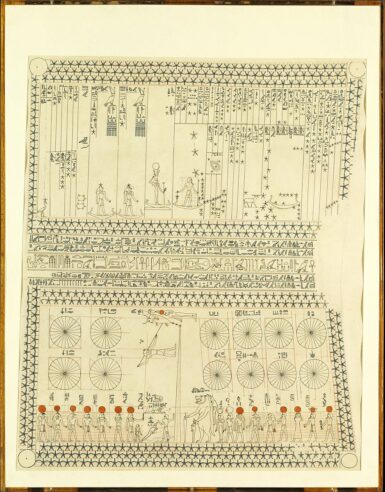
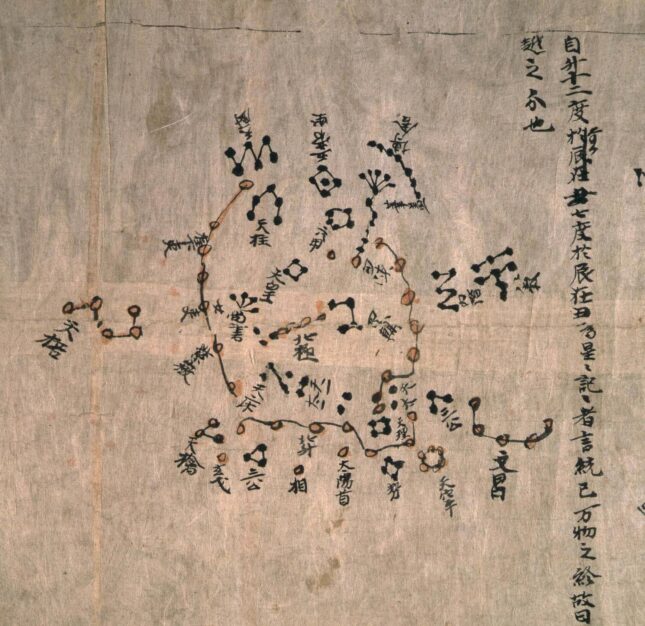
The Dark Ages & Renaissance period
During the medieval times, astronomy became one of the seven liberal arts in education. This new revival blossomed further into the Renaissance and fostered fascinating renditions of the night sky by artists and scientists such as Leonardo DaVinci’s famous ‘Da Vinci Glow’ and the detailed moon paintings by Galileo.
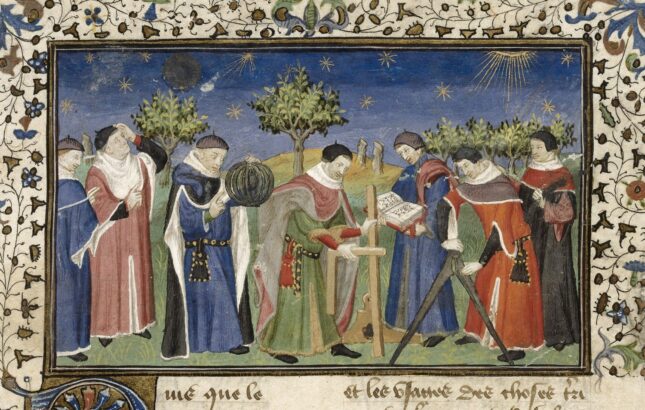
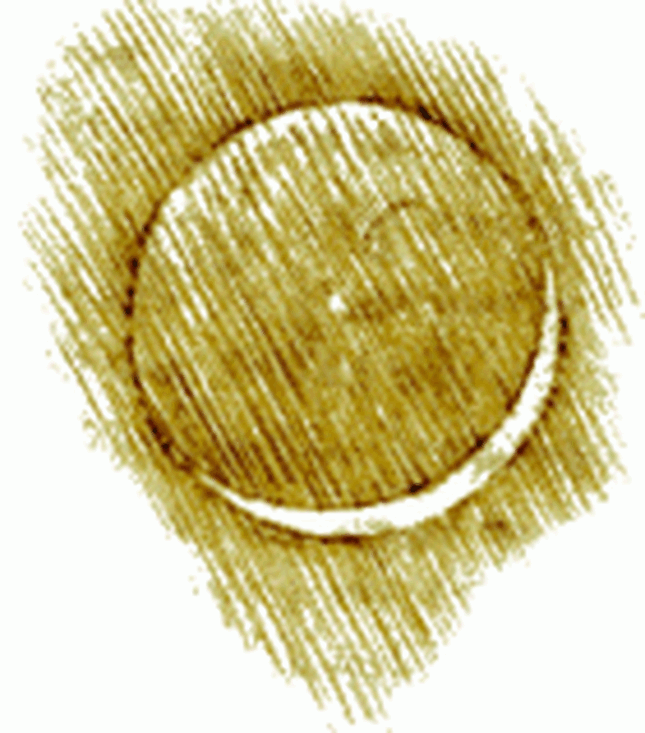
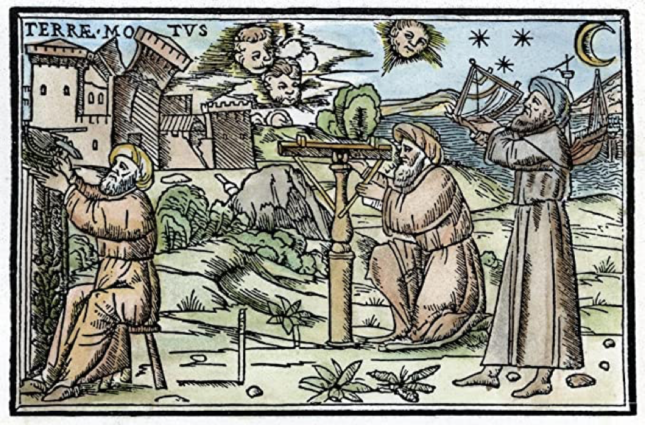
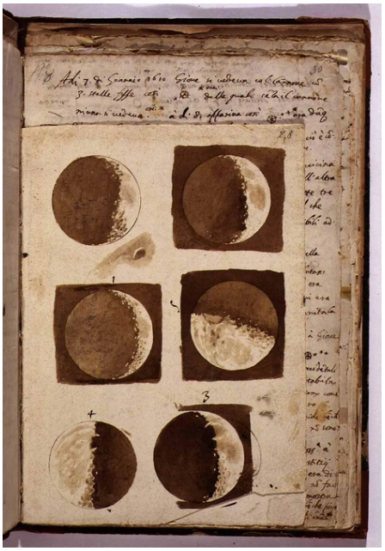
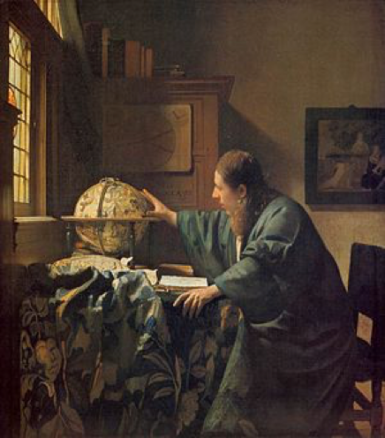
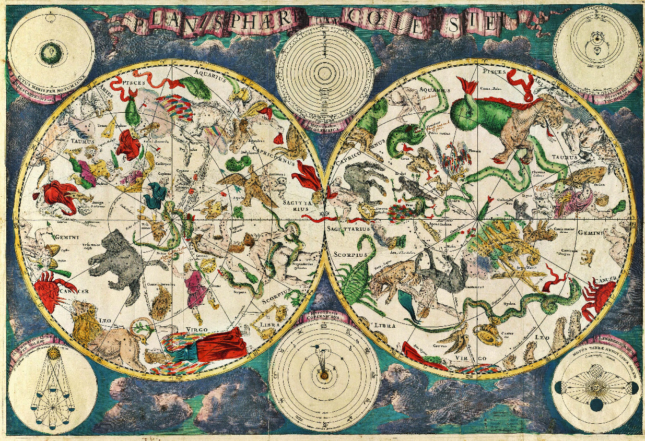
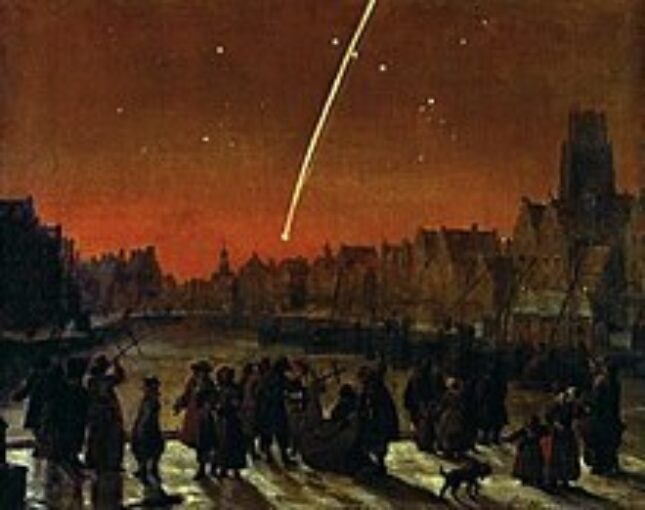
More recent years
More artworks inspired by the celestial objects emerged over the years. Perhaps one of the most famous art pieces is the impressionistic “Starry Night” where Dutch painter Vincent van Gogh showed the view from his bedroom window.

Astrophotography & Digital Art
Now with modern-day technology, the skies are not only painted but they are also photographed. Dedicated amateur astronomers produce breathtaking images of the cosmos that are being categorized in a new artistic field known as astrophotography.
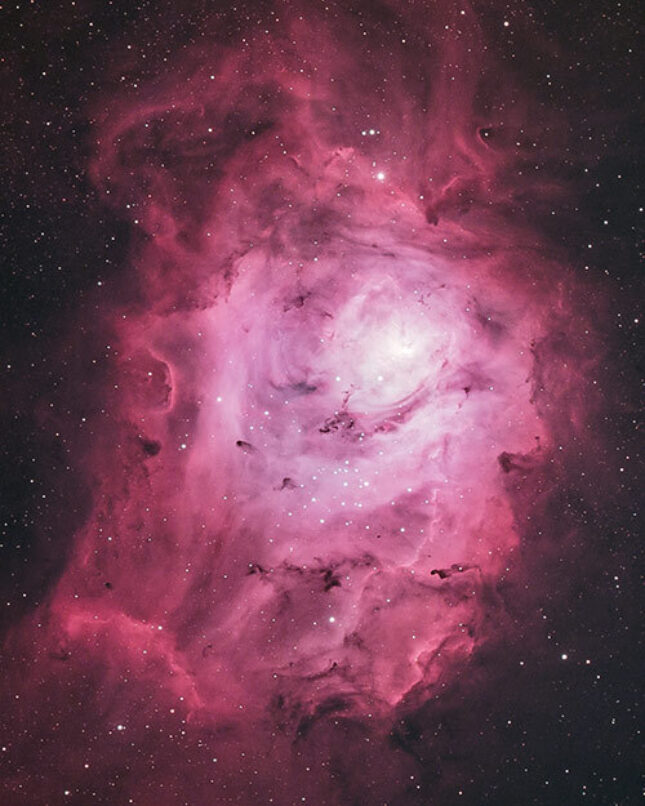
In addition to photographers, digital artists are also using astronomy as a source of inspiration to create science-fiction space sceneries but to support current research as well. NASA in particular is famous for hiring digital artists to help visualize exo-worlds and astronomical phenomena such as the depiction of the TRAPPIST-1 planetary system:
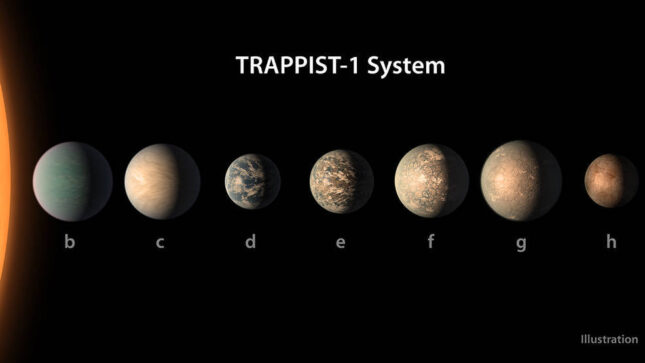
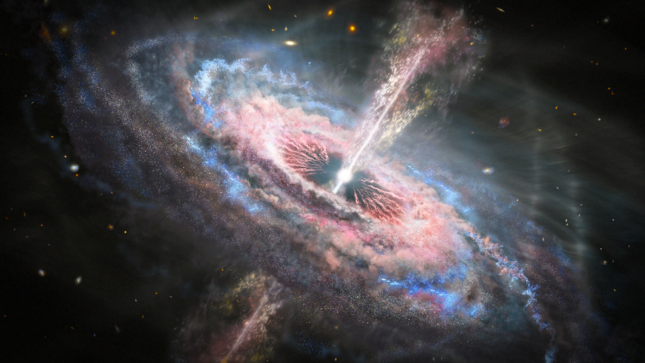
Ancient civilizations have marveled at the night skies for centuries and the cosmos continues to kindle the interest and curiosity of many people. Therefore, any artist struggling to find inspiration should take van Gogh’s advice to heart and simply go outside and paint the stars.



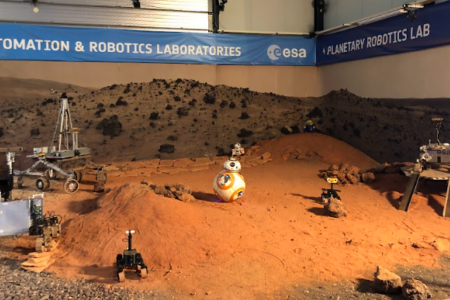


0 Comments
Add a comment